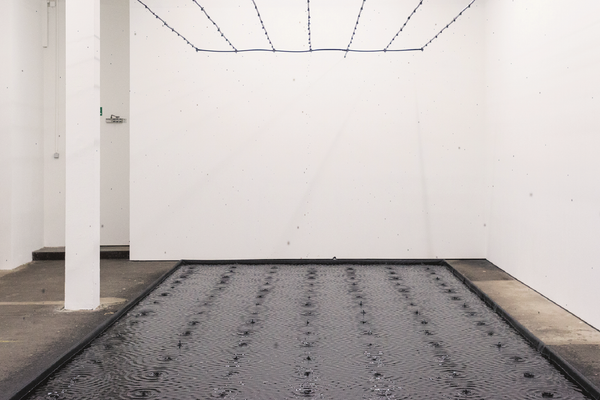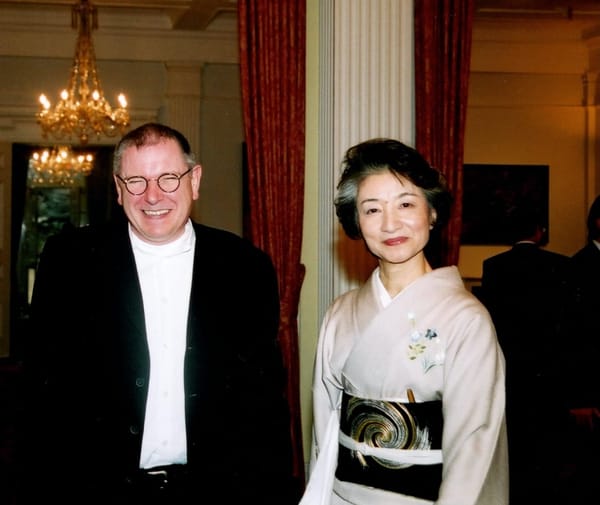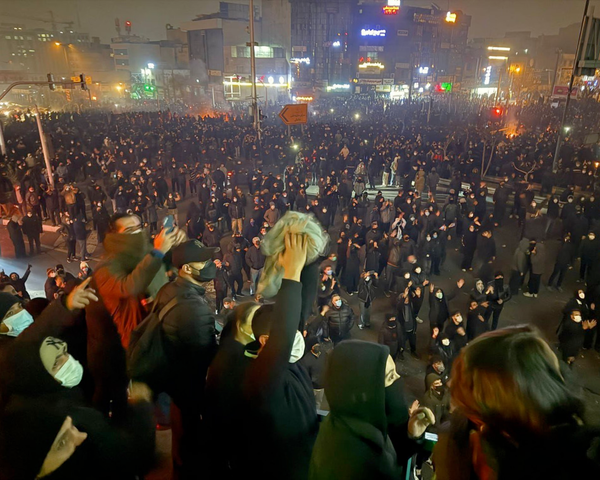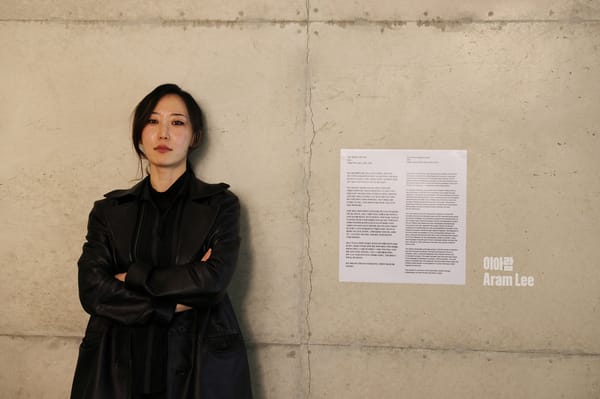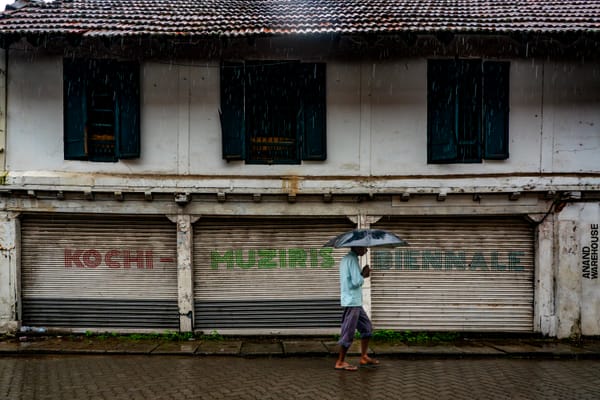News
Australian government seeks rights for Aboriginal Flag from Clothing company


On September 14, the Australian senate in Canberra launched an inquiry that may pave the way for the Australian federal government to resolve an ongoing dispute over licensing rights for the Australia Aboriginal flag from WAM Clothing, which owns exclusive worldwide claims to the design for its reproduction on clothing, and physical and digital media.
The flag was designed in 1971 by Luritja artist Harold Thomas, who granted its exclusive rights to WAM Clothing in 2018. The National Indigenous Australians Agency (NIAA) has been negotiating with WAM Clothing since mid-2019 regarding its acquisition of the rights, according to The Guardian.
The flag is divided with a black band on the upper half to represent the Aboriginal people and a red band on the lower half to symbolize a spiritual relation to the land, while the yellow circle in the center stands for the sun, the giver of life. First flown in 1971 on National Aboriginal Day in Adelaide, it received wider recognition in 1972 at the permanent Indigenous protest site next to Parliament House. The Australian government recognized the flag as one of the country’s original flags in 1995, under the Flags Act of 1953.
In 1997, the Federal Court of Australia acknowledged Thomas as the sole creator and owner of the flag design. The following year, Thomas granted the rights to use the design for flags and banners to Carroll and Richardson Flags, and in 2005, the right to use the design for souvenir items to the now liquidated Birubi Art, whose owner Ben Wooster co-owns WAM Clothing.
A campaign launched in 2019 by Aboriginal social enterprise Clothing the Gap to bring the design to the public domain, #FreeTheFlag, has attracted wide support on social media in recent months. In June 2019, WAM Clothing issued infringement notices to various groups including Clothing the Gap and the Australian Football League (AFL) for their usage of the design. In particular, AFL was served cease and desist letters for utilizing the design on uniforms and merchandise during its annual Sir Doug Nicholls Indigenous Round match, which pays tribute to the late Aboriginal athlete. The August 2020 games went ahead without the flag design, however all 18 AFL football clubs collectively launched a petition to push for the design to become public, garnering more than 143,000 signatures.
Issues surrounding Indigenous art and design are contentious in Australia. Campaigns such as Fake Art Harms Culture by the Indigenous Art Code have been lobbying against the appropriation of Aboriginal art and products by the tourism and commercial industries since 2016. Co-owner of WAM Clothing, Wooster, was himself fined AUD 2.3 million (USD 1.6 million) in 2019 by the federal court for Birubi Art, which sold over 18,000 Indonesia-made items as Australian Aboriginal art, according to The Guardian. In early September, the federal government announced plans to crack down on fake souvenirs and artwork in an effort to protect Indigenous artists.
Ariana Heffner is an editorial intern of ArtAsiaPacific.
To read more of ArtAsiaPacific’s articles, visit our Digital Library.
